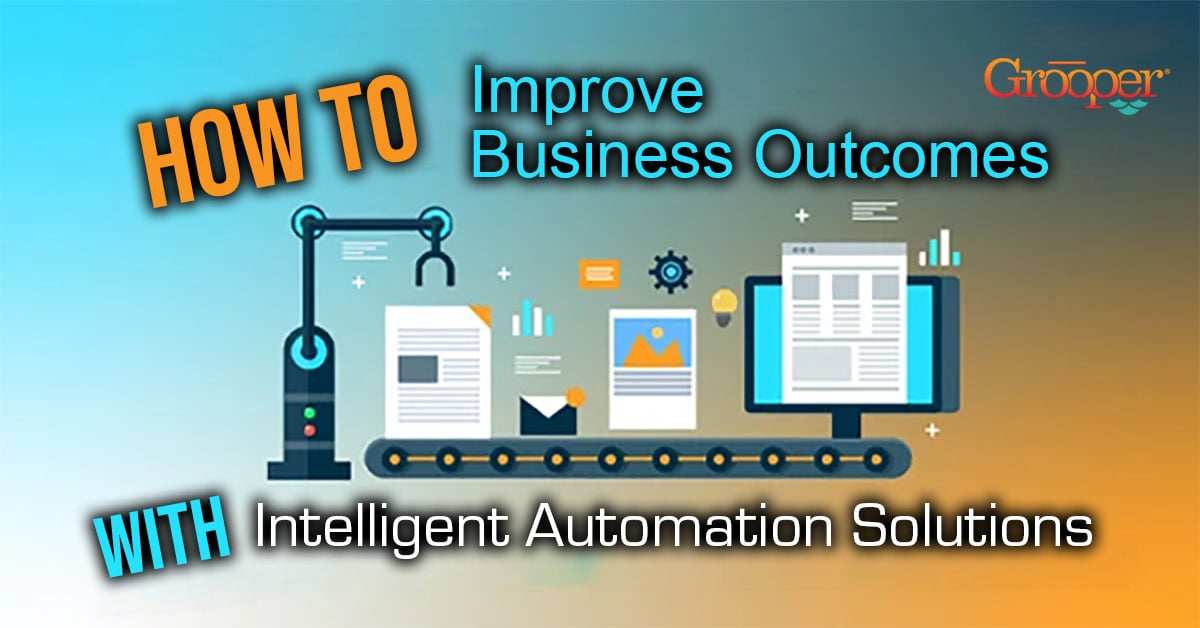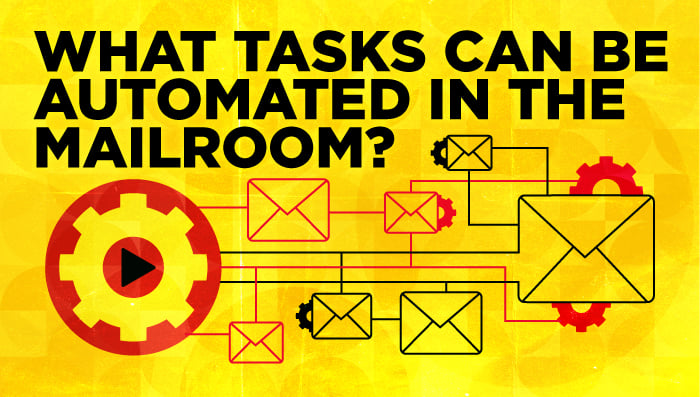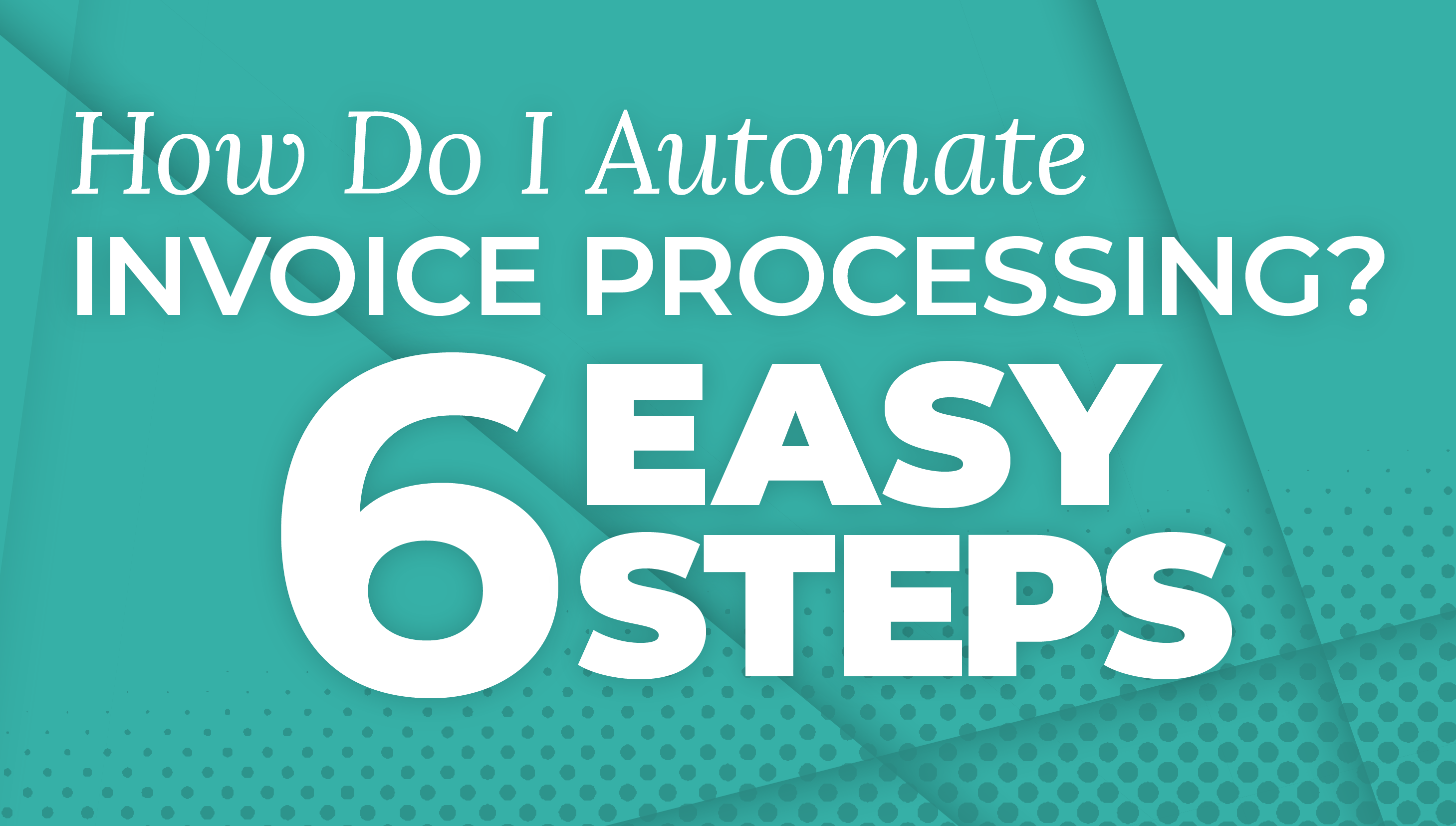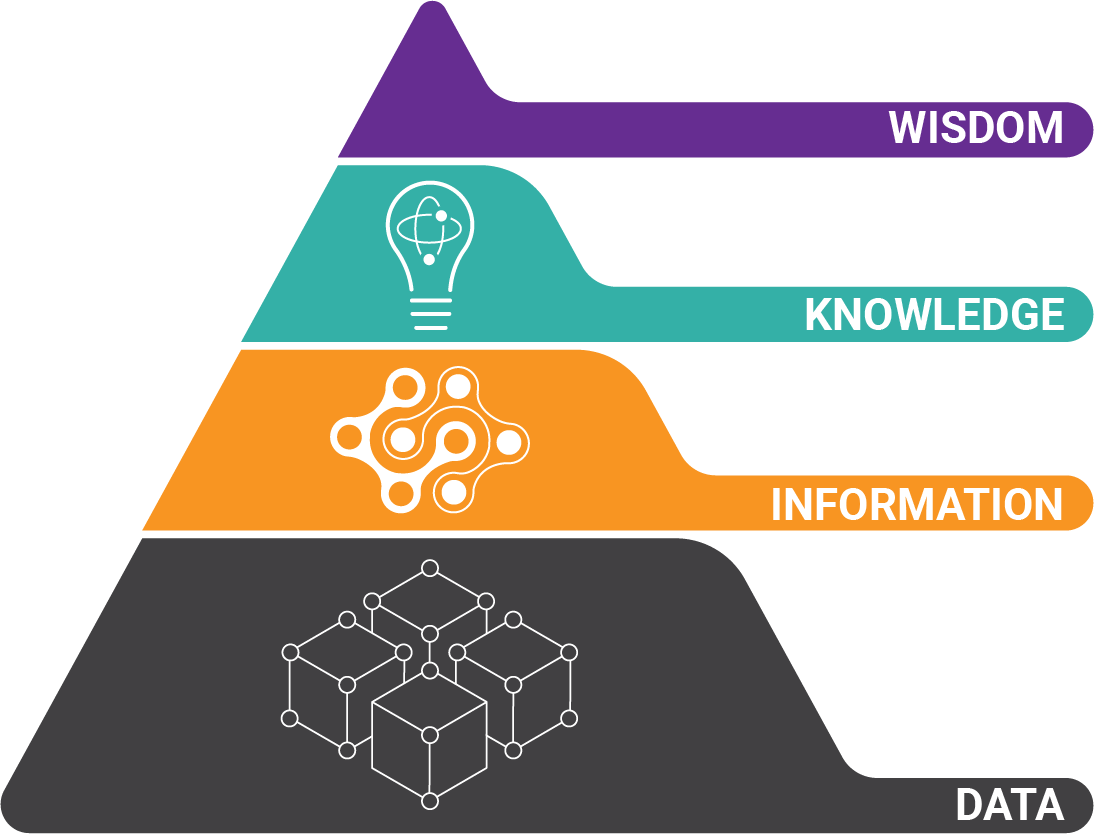The intelligent automation market is seeing massive growth year over year. As it’s often said “You can have accuracy, speed, or low costs, but you only get to choose one.”
Is the mantra still true today?
Well, there are automation solutions for everything, such as:
- Home automation
- Industrial automation
- Process automation
- Task automation
- Driving automation
- And even a fully automated robotic kitchen (just don’t get in its way…).
The success of intelligent automation is more than product selection. The way you think about human and machine interaction will determine overall accuracy and the business impact you will achieve.
What is Intelligent Automation?
Intelligent automation is the orchestrated use of tools like:
- Machine learning
- Natural language processing
- Computer vision
- Robotic process automation
- And process mining
The goal is achieving greater business outcomes through digital transformation.
 As mentioned earlier, your ability to create a plan of action that combines all these puzzle pieces is the number one factor that determines success.
As mentioned earlier, your ability to create a plan of action that combines all these puzzle pieces is the number one factor that determines success.
Visualize a house supported by 4 pillars — these are the pillars of digital transformation:
- Intelligent document processing
- Process mining
- User and customer experience
- Machine learning
Because intelligent automation is all about digital transformation, there is no one-size-fits-all approach.
In the end, you need data integration that is repeatable, extensive, and above all - accurate.
4 Ways (or Pillars) that Improve Business Outcomes with Intelligent Automation:
- Intelligent Document Processing
- Process Mining
- User & Customer Experience
- Avoid Perfection and Promote Human Judgement
1. Accuracy with Automation Solutions is All in the Eye of the Beholder
Case in Point: Intelligent Document Processing
As a pillar of digital transformation, intelligent document processing is about improving business outcomes by scaling technology rather than human workers. Therefore, accuracy has become more of a relative term than a hard-set rule.
When is 63% Document Automation Accuracy Great?
When it represents a significant reduction in manual labor, it’s considered a win.
 But there are many use-cases where automation must be as accurate or more accurate than a human worker to be considered a success. Some examples include:
But there are many use-cases where automation must be as accurate or more accurate than a human worker to be considered a success. Some examples include:
- Think self-driving cars
- Medical diagnoses
Even if humans, on average, make more mistakes than the machine, we don’t really accept the margin of error. That's because public perception is that the machine should be better.
When is 95% Accuracy a Failure?
When it represents optical character recognition (OCR) accuracy.
Anything less than 100% OCR accuracy creates massive error rates. Here’s why:
Say you’re getting 95% accuracy on an invoice and you need to extract 10 independent fields. The overall per-field accuracy is actually 60%, not 95%
That's because .95 to the power of 10 is .60, or 60%. Imagine – just 4% better OCR boosts accuracy to 90%.
You may accept 95% accuracy for full-text search, but not for automated data extraction. Downstream intelligent automation tools need 100% accurate data or workflows will stall.
For high-accuracy document processing, choose solutions that provide:
- Built-in validation,
- Programmable error correction
- Human review to validate data based on machine-generated confidence scoring or by arbitrary business rules
Define accuracy in terms of real-life results and within acceptable boundaries of risk.
2. Accuracy of Intelligent Automation Solutions is Dependent on Humans
Case in Point: RPA and Process Mining
 Perhaps, without exception, all enterprise automation solutions are purpose-built programs designed to do one thing within a certain set of rules and guardrails.
Perhaps, without exception, all enterprise automation solutions are purpose-built programs designed to do one thing within a certain set of rules and guardrails.
And if you’re thinking “Wait, RPA does more than just one thing,” consider that every bot you deploy is really it’s own program, operating within specifically defined parameters.
Human-in-the-loop architecture is the idea that automated processes are designed around human workers.
BIG TIP: Instead of thinking “How can I remove humans,” it is an approach that says, “How can I improve human throughput?”
This way of thinking improves accuracy, speed, and costs. It’s the only way to achieve all three.
And this is the second pillar of digital transformation: process mining (or also known as process discovery).
In fact, most RPA solutions include process mining tools as part of their standard offering.
Process mining enhances the way human workers get work done.
Think about the beauty of this way of thinking: Building a smarter system vs. Incorporating more meaningful human interaction. It’s like a single group of soldiers with robotic exoskeletons defeating swarms of enemy bots (hey, at least they always win in the movies, and we like that, right?).
(Or, if you’ve read Atlas Shrugged, the defeating of Blane the Mono.)
Below is a fun, real-life example of the power of human-in-the-loop design. It’s a demo of an automation solution designed to separate out elements from audio tracks. Think – removing an annoying cell phone ringing, or a cough from an orchestra performance.
At first, it seems the entire process should be fully and easily machine-automated, but the demo proves the value of human interaction during the editing process for producing stellar results.
A machine alone would never have performed as well.
3. Choose Intelligent Automation Solutions that Promote Transparency
Case in Point: User and customer experience
I recently talked with a customer responsible for data entry automation solution design, and he said that transparency was one of the most important benefits to him.
In his environment, they’ve paired UiPath (RPA) with Grooper (intelligent document processing) to transform very tedious verification workflows.
By using subject matter expertise to program a system that mimics human knowledge, they design automated processes that center around human cognition.
This idea creates vastly superior user and customer experiences (that's right, digital transformation pillar #3). When automation is configured to operate in the same fashion as humans, their expectations are easier to manage.
 Now, instead of doing similar processes 26 different ways, they have one transparent platform for solution design. All inputs and outputs were exposed, clearly defined, and optimized.
Now, instead of doing similar processes 26 different ways, they have one transparent platform for solution design. All inputs and outputs were exposed, clearly defined, and optimized.
Another core element of transparency with intelligent automation is trust.
Complex machine learning algorithms and neural nets (digital transformation pillar #4) are relatively easy to build, but trust erodes at the first sign of failure. Building a layer of transparency into why particular outputs or results are provided by the machine instills the trust needed for success.
When you are building out intelligent automation, make transparency a core requirement. You’ll have better visibility into performance improvements while maintaining the highest degree of accuracy possible.
4. Incorporate Human Judgement and Forget About Building the Perfect Algorithm
Case in Point: Machine Learning
I asked our Product Manager about creating perfect algorithms and if the hype around self-learning intelligent automation systems was really just marketing trying to sound fancy.
Here’s what he had to say:
"Our philosophy about intelligent data extraction and integration – including machine learning and classification – is significantly different from the rest of the market.
This gives us a dramatically improved ability to classify, separate, and extract data from challenging sources.
Underlying the use of more 'traditional' AI models (mostly neural nets) is the assumption that, after a certain threshold of training, computers will be able to make *better* decisions about our data in a way that is essentially foreign to us.
The machine learning frameworks we’ve built automate human understanding of data, using tools that are fundamentally intelligible.
Our core philosophy is that a human given a sophisticated tool (that includes ML algorithms) will do better on virtually every document processing problem than a well-trained neural net. This is a model (AI-assisted human judgement) that is finding increasing adoption in fields such as medicine and national security.
Users understand their data better than anyone else, and automating their understanding is both easier and achieves better results than attempting to build a fundamentally unintelligible machine learning model that tries to make better decisions than a subject matter expert could.
We have yet to be proven wrong on this fundamental philosophical orientation. Grooper gives architects and end users a more robust, more complete set of tools for solving complex document processing and data integration problems than any other solution on the market today.
What this means in terms of capabilities is that we get good results from data or document sets that are incredibly challenging – small number of examples, degraded, or unpredictable text, documents where the semantic content of the words can’t aid in classification, documents where the variability within categories is high or the similarity across categories is high.
Our models, once developed, also perform well against documents they haven’t seen – human assisted AI is less likely to overfit than pure-ML based decision systems."
Finally, Consider Your Entire Business
Building intelligent automation solutions is more than just a technical endeavor. It requires a level of holistic thinking that is centered on agility and overall business intelligence automation effectiveness.
Automation is all about outcomes and working smarter — like mail automation, intelligent automation in financial services, or even hyper automation, for instance.
By being realistic and pragmatic about accuracy, centering design around humans, and striving for transparency above perfection, you will guarantee success with automation.
About the Author: Brad Blood
Senior Marketing Specialist at BIS





